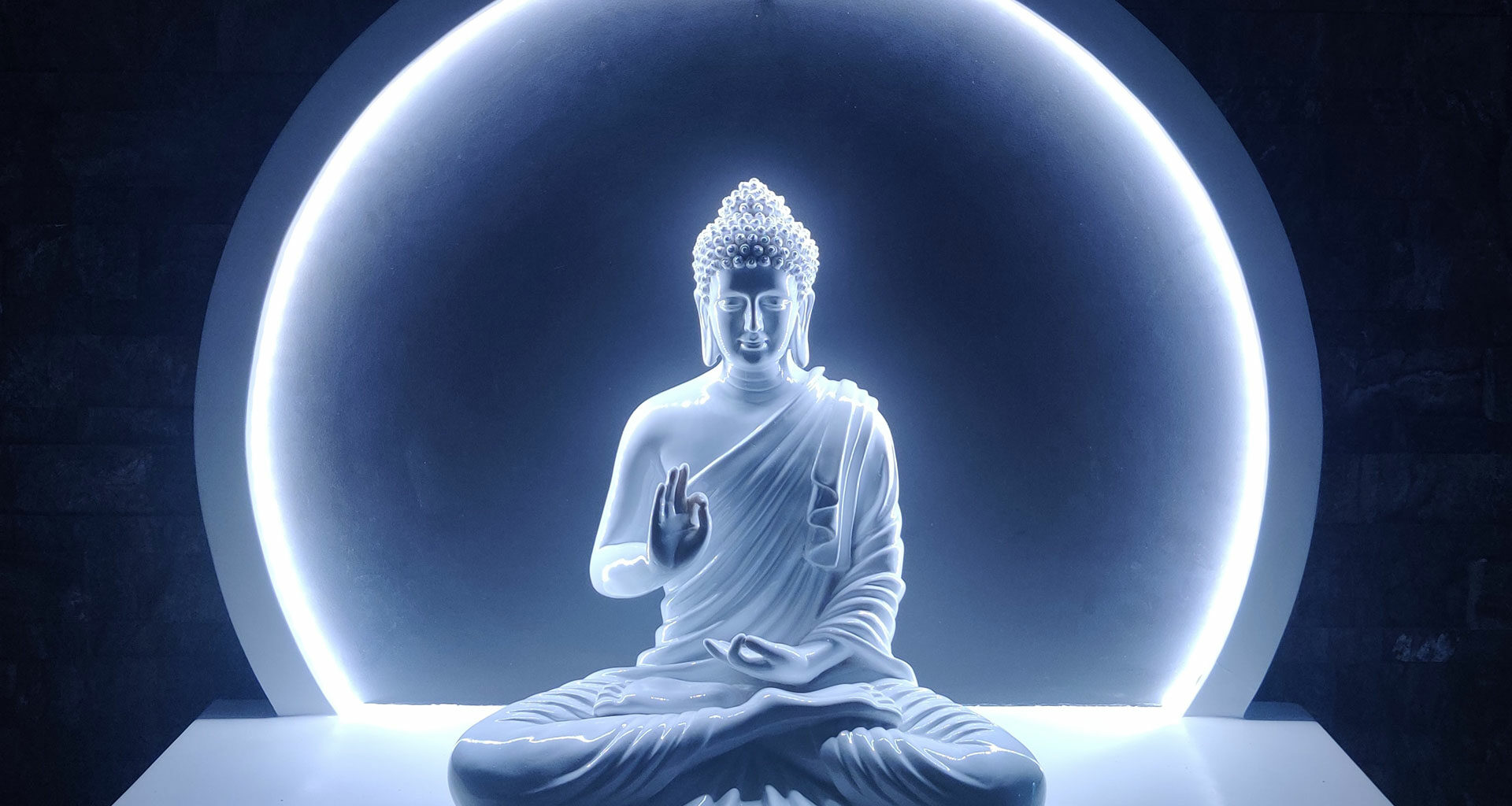Buddha believed, “Everything connects to everything else.” It’s a good philosophy to follow. In life and business. More-particularly, if you want your research to connect to consumers so you truly know them. Buddah also counseled, “To know is to be. To be is to become, to become leads to enlightenment,” a maxim that’s worked for people for nearly 3,000 years. And can work today for brands too. So, philosophical andpractical.
If your professional philosophy is it’s wise to “connect,” and if you want customers to connect with you, and be loyal to you, and connect to the experience that is (or what you hope is) your brand, you have to “know.” Absolutely, positively know. Know who you are. Know what drives consumers. And know what consumers expect. Only then will you truly know your brand. Oh, and know what to do with your brand. Because when you know, and your customers know, each of you becomes one – with the brand. Everything connecting to everything else. A kind of path to “brand enlightenment.” See how I circled back to the Buddha-thing right there?
Anyway, if you do want that kind of brand enlightenment, it is attainable. But only if you are truly focused. Customer-focused. To do that you have to listen. So listening and focusing. And, yeah, every brand says it is. That its research and outreach always listens to and focuses on the “voice of the customer.” It’s a nice concept but in today’s social networking, noise-driven world, most research doesn’t come close to capturing customer whispers!
Want to amplify the voice of your consumer, to hear-absolutely-for-sure everything they have to say, to absolutely know what they think, and absolutely know what your brand should be? Then there are answers to four questions you absolutely need to have. And if you do know them, you will truly hear the voice of the customer. A kind of consumer sonar/radar microphone.
Philosophically it’s a totally different approach from traditional research. Like using an “ear trumpet” for capturing what’s been said about what happened. Echoes of the past. What people have already done. Not what they’re going to do. And, while data it may be, it frequently doesn’t line up with actual customer behavior. Or sales. Others may philosophically disagree, but they are wrong.
So, if you want to attain 100% brand enlightenment and truly hear your consumers’ voices, you need research designed to listen to those voices. The ones that speak the truth, that lead to in-market behavior and sales, and brand profitability. Voices that intone how real choices in the real marketplace are made. Voices that articulate emotions. And desire. Voices that speak of future events. That’s what you really need to know. That’s the only true path to brand enlightenment and market truth.
But to be so enlightened, you need to be able to answer those four questions I mentioned earlier. No hedging or equivocation. No hypotheticals or existential debates. No excuses or rationalizing. Absolutely, positively accurate answers to these, in the voice of the customer:
- What are the four behavioral drivers of loyalty and engagement in your category that describe how consumers view your category, compare brands in your category, and how they will buy?
Most of the time (in this instance I believe 91% qualifies as “most”) marketers don’t know the correct order of importance of their own brand’s category drivers. 96% of the time (so, yeah, more than “most), there’s no internal agreement about that order. That’s because marketers look at them through a brand “eye.” Consumers use a category “eye” via their category Ideal.
BTW, if you’re thinking of backsliding into bad habits, forget it. You just can’t ask consumers. The Ideal is something they mostly “feel,” because it turns out to be far more emotional than rational. Which accounts for the difference between marketers’ and customers’ views and why internal alignment is so low. Failing to recognize the difference between the two can be 100% fatal to brand success. Kind of like adding ear-plugs to your research. That’s just bad karma!
- 2. What attributes, benefits, and values (ABVs) – emotional and rational – form the components of each driver, and what percent-contribution to brand engagement and loyalty does each ABV make?
On average, category marketers miss more than 57% of the values that shape the behavioral loyalty/engagement drivers. Today’s marketplace is complex and far more emotional than rational (70:30), so mostly the emotionally-based ones, but they miss important rational ones too. These day, you can’t afford to miss even one!
- 3. What expectations do consumers hold for each of drivers?
Most of the time, marketers only guess at this. Only consumers really know, but you can’t just ask them. Sometimes they can’t articulate their feelings. Sometimes, they just don’t want to. Not everything is your business, even it’s your business you’re talking about! Every brand wants to “exceed expectations.” But you must know what they are first before you can address them. Expectations – or, more precisely the lack of attention paid to them – is my personal bête noir. I wrote about that in a recent column. If you missed it, you can read that discussion here.
- 4. How well does your brand meet consumer expectations?
Here’s the part where everything connects with everything else. You measure how well your brand performs on the four behavioral category drivers and expectations of the Ideal. Listen well, and those measures function as predictive, leading-indicators of how well your brand and its marketing efforts will do. A practical brand-research philosophy to become one with your consumer.
Taking a Buddhist approach to consumer-listening isn’t, perhaps, the craziest idea. The “Buddhist Noble Eightfold Path” seems ready-made for managing brands, consumers, and the marketplace: The right understanding (research), the right thought (strategy), the right speech (communications), the right action (CX), the right livelihood (primacy-of-product), the right effort, (marketing), the right concentration (media), and right mindfulness (brand purpose).
And your parents said you’d never find a job as a philosophy major!
Photo by amit kumar on Unsplash












This is a brilliant, spot on article that outlines an approach to winning the category competition your brand is in. My first lesson in this space is that every consumer has a competitor brand in their head and unless you figure out how to convert them over, you lose. Robert’s call for a category, consumer view of your brand resonated deeply with me, because using the brand view out is a formula to miss.
George, happy to see that you are a follower of Robert Passikoff. I have been working with him and this POV on Brand Enlightenment is very insightful and productive. I appreciate and respect our endorsement. Lets reconnect soon. Matt D.